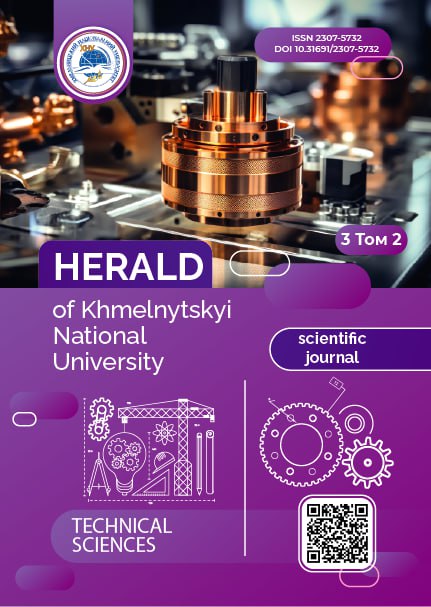METHOD FOR DETERMINING ATHLETE TRAINING LOAD USING MACHINE LEARNING
DOI:
https://doi.org/10.31891/2307-5732-2025-353-48Keywords:
machine learning, training data, data management methodAbstract
This article presents a method for determining training load in athletes using machine learning, based on the application of Long Short-Term Memory (LSTM) neural networks to predict heart rate parameters. The proposed approach uses previous heart rate measurements to forecast resting heart rate (RHR) and evaluate fatigue levels. Monitoring heart rate dynamics allows for a better understanding of an athlete’s recovery status and helps prevent overtraining.
The study involved the development and testing of both univariate and multivariate LSTM models. The univariate model relied solely on previous heart rate values, while the multivariate models included additional features such as daily jump height, subjective fatigue, sleep duration, and readiness for training. The effectiveness of each model was evaluated through experimental validation using real training data collected from athletes over several weeks.
The Wingate anaerobic test was also used to analyze fatigue by calculating the fatigue index, which includes peak power, mean power, and rate of decline during the test. It was found that peak performance during the second test was higher than in the first and third sessions, possibly due to recovery or time-of-day effects. These factors were considered in the context of predicting training load and physiological readiness.
Experimental results demonstrated that the proposed method achieved a training load prediction accuracy of 85–90%. Although the model showed moderate sensitivity to sudden changes or outliers in the data, the application of exponential smoothing significantly improved forecast stability. The results suggest that the method is suitable for implementation in athlete monitoring systems to personalize training and optimize performance.
Further research is recommended to refine the models by including additional physiological and environmental factors, which could enhance prediction accuracy and provide deeper insights into athlete condition.
Downloads
Published
Issue
Section
License
Copyright (c) 2025 ОЛЕКСАНДР МАНЧУР, ЕДУАРД МАНЗЮК, ТЕТЯНА СКРИПНИК, ОЛЕКСАНДР ПАСІЧНИК, СЕРГІЙ ПЕТРОВСЬКИЙ (Автор)

This work is licensed under a Creative Commons Attribution 4.0 International License.

